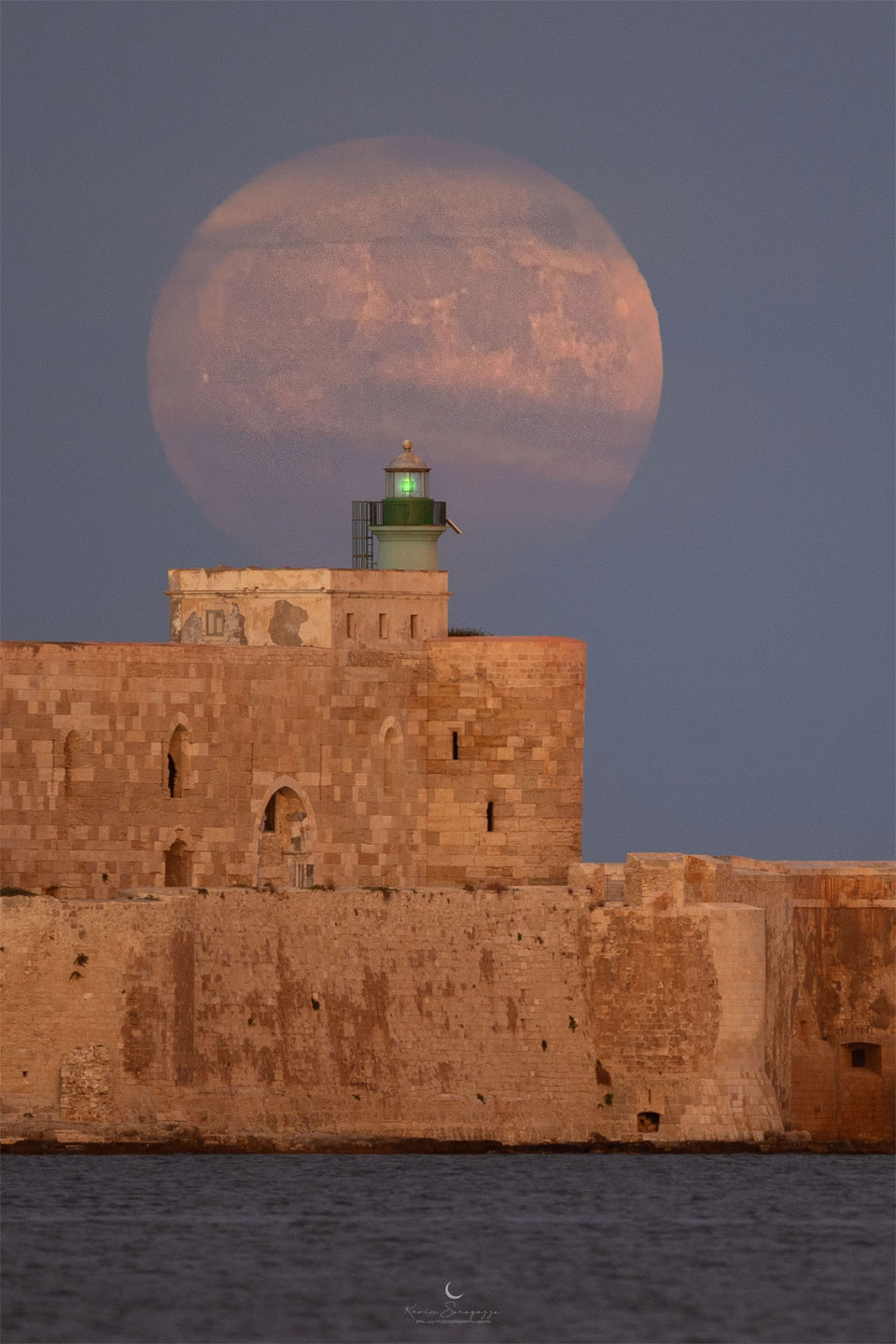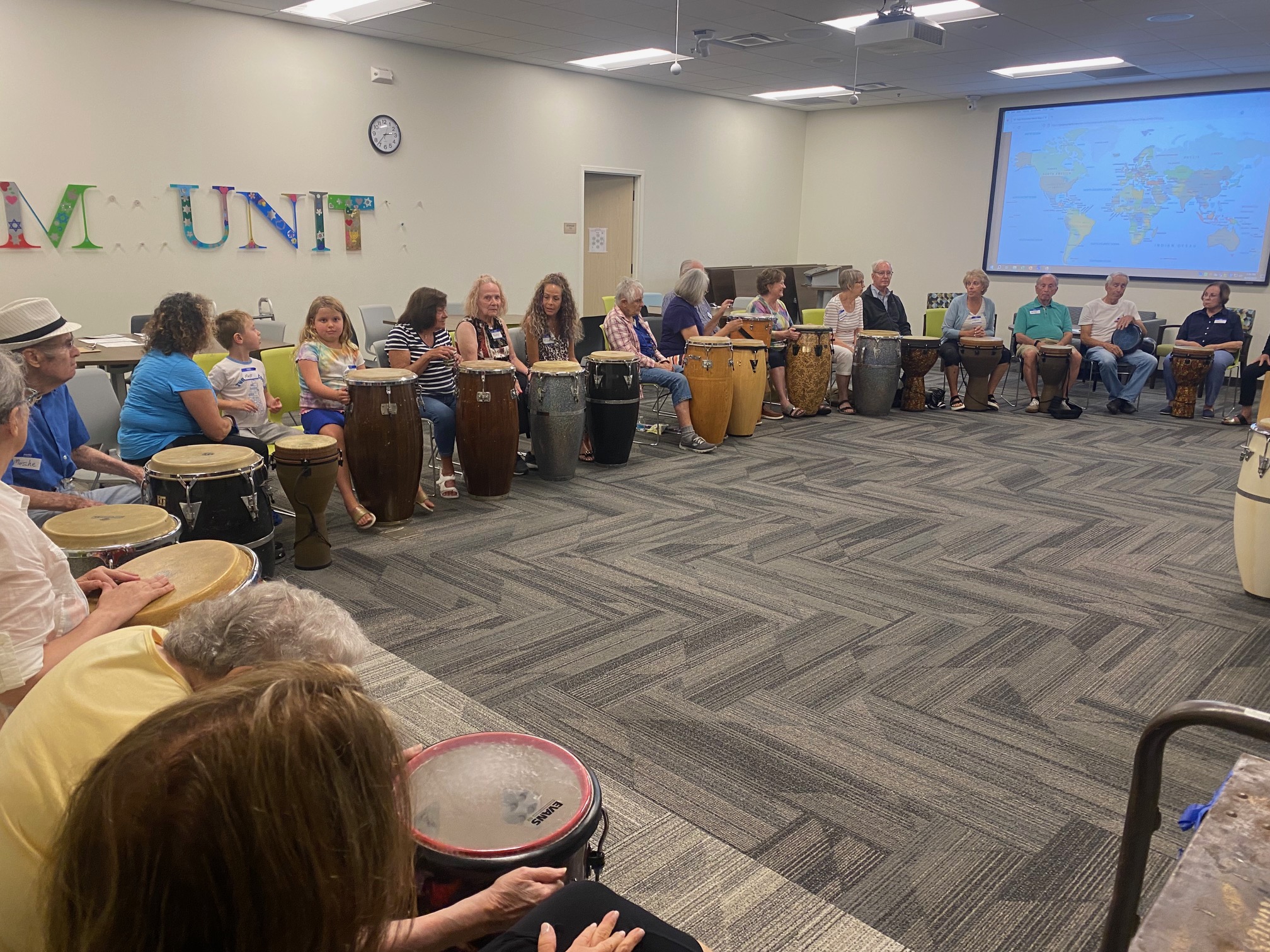Blog
Otis Ray Redding Jr. (September 9, 1941 – December 10, 1967 Dawson, GA) was an American singer and songwriter. He is regarded as one of the greatest singers in the history of American popular music and a seminal artist in soul music and rhythm and blues. Nicknamed the “King of Soul“, Redding’s style of singing gained inspiration from the gospel music that preceded the genre. His singing style influenced many other soul artists of the 1960s.
Redding was born in Dawson, Georgia, and at age two, moved to Macon. Redding quit school at age 15 to support his family, working with Little Richard‘s backing band, the Upsetters, and by performing in talent shows at the historic Douglass Theatre in Macon. In 1958, he joined Johnny Jenkins‘s band, the Pinetoppers, with whom he toured the Southern states as a singer and driver. An unscheduled appearance on a Staxrecording session led to a contract and his first hit single, “These Arms of Mine“, in 1962.
Stax released Redding’s debut album, Pain in My Heart, two years later. Initially popular mainly with African-Americans, Redding later reached a wider American pop music audience. Along with his group, he first played small shows in the American South. Redding later performed at the popular Los Angeles night club Whisky a Go Go and toured Europe, performing in London, Paris and other major cities. He also performed at the Monterey Pop Festival in 1967.
Shortly before his death in a plane crash, Redding wrote and recorded his iconic “(Sittin’ On) The Dock of the Bay” with Steve Cropper. The song became the first posthumous number-one record on both the BillboardHot 100 and R&B charts. The album The Dock of the Bay was the first posthumous album to reach number one on the UK Albums Chart. Redding’s premature death devastated Stax. Already on the verge of bankruptcy, the label soon discovered that the Atco division of Atlantic Records owned the rights to his entire song catalog.
Redding received many posthumous accolades, including two Grammy Awards, the Grammy Lifetime Achievement Award and induction into the Rock and Roll Hall of Fame, the Black Music & Entertainment Walk of Fame, and the Songwriters Hall of Fame. In addition to “(Sittin’ On) The Dock of the Bay”, “Respect” and “Try a Little Tenderness” are among his best-known songs. On December 9th 1967 Redding died in a plane crash near Madison, WI at age 26.
more...
Elvin Ray Jones (September 9, 1927 – May 18, 2004) was an American jazz drummer of the post-bop era.
Most famously a member of John Coltrane‘s quartet, with whom he recorded from late 1960 to late 1965, Jones appeared on such albums as My Favorite Things, A Love Supreme, Ascension and Live at Birdland. After 1966, Jones led his own trio, and later larger groups under the name The Elvin Jones Jazz Machine. His brothers Hank and Thad were also celebrated jazz musicians with whom he occasionally recorded. Elvin was inducted into the Modern Drummer Hall of Fame in 1995. In his The History of Jazz, jazz historian and critic Ted Gioia calls Jones “one of the most influential drummers in the history of jazz.” He was also ranked at Number 23 on Rolling Stone magazine’s “100 Greatest Drummers of All Time”.
Elvin Jones was born in Pontiac, Michigan, to parents Henry and Olivia Jones, who had moved to Michigan from Vicksburg, Mississippi. His elder brothers were pianist Hank Jones and trumpeter Thad Jones, both highly regarded musicians. By age two he said drums held a special fascination for him. He would watch the circus parades go past his home as a child, and was particularly excited by the marching band drummers.
more...Working with Cantor Jennifer-Strauss Klein at Mt Zion Temple for the Shabbat for the Soul service Friday 9-8-23 630pm
more...
The swirls of the galaxy IC 1776 stand in splendid isolation in this image from the NASA/ESA Hubble Space Telescope. This galaxy lies over 150 million light-years from Earth in the constellation Pisces. IC 1776 recently played host to a catastrophically violent explosion — a supernova — which was discovered in 2015 by the Lick Observatory Supernova Search, a robotic telescope which scours the night sky in search of transient phenomena such as supernovae. A network of automatic robotic telescopes are spread across the globe, operated by both professional and amateur astronomers, and, without human intervention, reveal short-lived astronomical phenomena such as wandering asteroids, gravitational microlensing, or supernovae. Hubble investigated the aftermath of the supernova SN 2015ap during two different observing programmes, both designed to comb through the debris left by supernovae explosions in order to better understand these energetic events. A variety of telescopes automatically follow up the detection of supernovae to obtain early measurements of these events’ brightnesses and spectra. Complementing these measurements with later observations which reveal the lingering energy of supernovae can shed light on the systems which gave rise to these cosmic cataclysms in the first place. [Image description: A spiral galaxy. It is irregularly-shaped and its spiral arms are difficult to distinguish. The edges are faint and the core has a pale yellow glow. It is dotted with small, wispy, blue regions where stars are forming. A few stars and small galaxies in warm colours are visible around it.]

Harmonica Fats (born Harvey Blackston, September 8, 1927 – January 3, 2000) was an American bluesharmonica player who was active in the 1950s through to the 1990s. Fats first achieved success with his cover version of the Hank Ballard song “Tore Up” in 1962, which established him as an in-demand sessionand touring musician. He is also remembered for his collaboration with blues guitarist Bernie Pearl, a partnership that resulted in four albums.
Born in McDade, Louisiana, a small community 40 miles from Shreveport, Blackston, the eldest of 13 children, was raised on a cotton farm by his grandparents. Blackston casually played harmonica since he was four years-old, and credited Sonny Terry as the foremost influence on his style of playing. Bored with the farming lifestyle, in 1946 Blackston relocated to Los Angeles where he lived with his father, and worked for a manufacturing company.
more...James Earl Clay (September 8, 1935 – January 6, 1995) was an American jazz tenor saxophonist and flutist.
Clay was born in Dallas, Texas, on September 8, 1935. While in school, Clay played alto saxophone, and then played with local bands from around the age of 17. Clay moved to California in 1955, where he initially played in jam sessions. He appeared on recordings with Lawrence Marable the following year. Clay then played with freer musicians including Don Cherry, Billy Higgins, and Ornette Coleman, before returning to Dallas in 1958. He joined the military in 1959, and recorded two albums as a leader the following year.
more...Wilbur Bernard Ware (September 8, 1923 – September 9, 1979) was an American jazz double bassist. He was a regular bassist for the Riverside record label in the 1950s, and recorded regularly in that decade with Johnny Griffin, Kenny Dorham, Kenny Drew, and Thelonious Monk. He also appeared on records released by J.R. Monterose, Toots Thielemans, Sonny Clark, Tina Brooks, Zoot Sims, and Grant Green, among others. Ware grew up in Chicago where he taught himself to play drums, banjo, bass while playing at church. In the 1940s, he worked with Stuff Smith, Sonny Stitt, and Roy Eldridge. He recorded with Sun Ra in the early 1950s. Later in the 1950s, settling in New York City, Ware played with Eddie Vinson, Art Blakey, and Buddy DeFranco. His only album recorded as a leader and released during his lifetime was The Chicago Sound, from 1957 when he worked for Riverside.
more...“Rondeña” belong to Malaga’s singing group. “Rondeña” existed before flamenco, joining it in the 19th century. Its origin is in “fandango” from Malaga, more specifically in ” bandolás”. Some authors suggest that this name comes from the nightly rounds. Other authors believe that it comes from the city of Ronda, as “rodeña” was originated in the homonymous mountains. “Rondeña” has greatly extended through Andalusia during the 19th century. “Rondeña” singing has evolved in recent times with with a decrease in melismatic ornamentation. Its composition ad libitum (without “compas”). Lyrics are related to countryside life. Its structure is a couplet of four eight-syllable verses, usually consonant rhyme. They normally turn into five by repetition of the second one, but also without repetition. Dance displays a rhythm of wild abandon. Others have used the rhythm of the “taranto“, which has many similarities but, being rondeña, more open and evocative.
more...The last full moon was doubly unusual. First of all, it was a blue moon. A modern definition of a blue moon is a second full moon to occur during one calendar month. Since there are 13 full moons in 2023, one month has to have two — and that month was August. The first full moon was on August 1 and named a Sturgeon Moon. The second reason that the last full moon was unusual was because it was a supermoon. A modern definition of supermoon is a moon that reaches its full phase when it is relatively close to Earth — and so appears a bit larger and brighter than average. Pictured, the blue supermoon of 2023 was imaged hovering far behind a historic castle and lighthouse in Syracuse, Sicily, Italy.

Christine Ellen Hynde (born September 7, 1951) is an American-British musician. She is a founding member and the lead vocalist, guitarist, and primary songwriter of the rock band the Pretenders, and one of the band’s two remaining original members alongside drummer Martin Chambers. She is the only continuous member of the band, appearing on every studio album.
Hynde formed the Pretenders in Hereford, England in 1978, with Pete Farndon, James Honeyman-Scott and Chambers. She has also recorded a number of songs with other musicians including Frank Sinatra, Cher and UB40. She recorded her first solo album, Stockholm, in 2014. Hynde was inducted into the Rock and Roll Hall of Fame in 2005 as a member of the Pretenders.
Hynde was born in Akron, Ohio, the daughter of a part-time secretary and a Yellow Pages manager. She graduated from Firestone High School in Akron, but stated that “I was never too interested in high school. I mean, I never went to a dance, I never went out on a date, I never went steady. It became pretty awful for me. Except, of course, I could go see bands, and that was the kick. I used to go to Cleveland just to see any band. So I was in love a lot of the time, but mostly with guys in bands that I had never met. For me, knowing that Brian Jones was out there, and later that Iggy Pop was out there, made it kind of hard for me to get too interested in the guys that were around me. I had, uh, bigger things in mind.
more...Alexander Emil Caiola (September 7, 1920 – November 9, 2016) was an American guitarist, composer and arranger, who spanned a variety of music genres including jazz, country, rock, and pop. He recorded over fifty albums and worked with some of the biggest names in music during the 20th century, including Elvis Presley, Ray Conniff, Ferrante & Teicher, Frank Sinatra, Percy Faith, Buddy Holly, Mitch Miller, and Tony Bennett.
During World War II Caiola played with the United States Marine Corps 5th Marine Division Band that also included Bob Crosby. Caiola served in the Battle of Iwo Jima as a stretcher bearer.
Caiola was a studio musician in the 1950s in New York City. He released some minor records under his own name in that decade. In addition, he performed under the musical direction of John Serry Sr. on an album for Dot Records in 1956 (Squeeze Play).
more...
Walter Theodore “Sonny” Rollins (born September 7, 1930) is an American jazz tenor saxophonistwho is widely recognized as one of the most important and influential jazz musicians. In a seven-decade career, he has recorded over sixty albums as a leader. A number of his compositions, including “St. Thomas“, “Oleo“, “Doxy“, and “Airegin“, have become jazz standards. Rollins has been called “the greatest living improviser”.
Rollins was born in New York City to parents from the Virgin Islands. The youngest of three siblings, he grew up in central Harlem and on Sugar Hill, receiving his first alto saxophone at the age of seven or eight. He attended Edward W. Stitt Junior High School and graduated from Benjamin Franklin High School in East Harlem. Rollins started as a pianist, changed to alto saxophone, and finally switched to tenor in 1946. During his high school years, he played in a band with other future jazz legends Jackie McLean, Kenny Drew, and Art Taylor.
more...Charles Hardin Holley (September 7, 1936 – February 3, 1959), known as Buddy Holly, was an American singer and songwriter who was a central and pioneering figure of mid-1950s rock and roll. He was born to a musical family in Lubbock, Texas, during the Great Depression, and learned to play guitar and sing alongside his siblings. Holly’s style was influenced by gospel music, country music, and rhythm and blues acts, which he performed in Lubbock with his friends from high school.
Holly made his first appearance on local television in 1952, and the following year he formed the group “Buddy and Bob” with his friend Bob Montgomery. In 1955, after opening for Elvis Presley, Holly decided to pursue a career in music. He opened for Presley three times that year; his band’s style shifted from country and western to entirely rock and roll. In October that year, when Holly opened for Bill Haley & His Comets, he was spotted by Nashville scout Eddie Crandall, who helped him get a contract with Decca Records.
Holly’s recording sessions at Decca were produced by Owen Bradley, who had become famous for producing orchestrated country hits for stars like Patsy Cline. Unhappy with Bradley’s musical style and control in the studio, Holly went to producer Norman Petty in Clovis, New Mexico, and recorded a demo of “That’ll Be the Day“, among other songs. Petty became the band’s manager and sent the demo to Brunswick Records, which released it as a single credited to The Crickets, which became the name of Holly’s band. In September 1957, as the band toured, “That’ll Be the Day” topped the US and UK singles charts. Its success was followed in October by another major hit, “Peggy Sue.”
The album The “Chirping” Crickets, released in November 1957, reached number five on the UK Albums Chart. Holly made his second appearance on The Ed Sullivan Show in January 1958 and soon after toured Australia and then the UK. In early 1959, he assembled a new band, consisting of future country music star Waylon Jennings (bass), famed session musician Tommy Allsup (guitar), and Carl Bunch (drums), and embarked on a tour of the midwestern US. After a show in Clear Lake, Iowa, Holly chartered an airplane to travel to his next show in Moorhead, Minnesota. Soon after takeoff, the plane crashed, killing Holly, Ritchie Valens, The Big Bopper, and pilot Roger Peterson in a tragedy later referred to by Don McLean as “The Day the Music Died” in his song “American Pie.”
During his short career, Holly wrote and recorded many songs. He is often regarded as the artist who defined the traditional rock-and-roll lineup of two guitars, bass, and drums. Holly was a major influence on later popular music artists, including Bob Dylan, The Beatles, The Rolling Stones, Eric Clapton, The Hollies, Elvis Costello, Dave Edmunds, Marshall Crenshaw, and Elton John. Holly was among the first artists inducted into the Rock and Roll Hall of Fame, in 1986. Rolling Stone magazine ranked him number 13 in its list of “100 Greatest Artists” in 2010.
more...

As stars die, they create clouds. Two stellar death clouds of gas and dust can be found toward the high-flying constellation of the Swan (Cygnus) as they drift through rich star fields in the plane of our Milky Way Galaxy. Caught here within the telescopic field of view are the Soap Bubble (lower left) and the Crescent Nebula (upper right). Both were formed at the final phase in the life of a star. Also known as NGC 6888, the Crescent Nebula was shaped as its bright, central massive Wolf-Rayet star, WR 136, shed its outer envelope in a strong stellar wind. Burning through fuel at a prodigious rate, WR 136 is near the end of a short life that should finish in a spectacular supernovaexplosion. Discovered in 2013, the Soap Bubble Nebula is likely a planetary nebula, the final shroud of a lower mass, long-lived, Sun-like star destined to become a slowly cooling white dwarf. Both stellar nebulas are about 5,000 light-years distant, with the larger Crescent Nebula spanning about 25 light-years across. Within a few million years, both will likely have dispersed.

More Posts
- World Music Trio Mandili
- Daily Roots Bob Marley
- Vote Today 2023
- Cosmos M74
- Joni Mitchell
- David S Ware
- Howard Rumsey
- Chepín
- World Music Putumayo Acoustic Africa
- Daily Roots King Tubby & the Aggravators
- Rhythm Roots Workshop @ St Therese Senior Communities
- Cosmos NGC 941
- Arturo Sandoval
- Ray Conniff
- John Philip Sousa
- World Drumming Babatunde Olatunji
- Daily Roots Althea & Donna
- Cosmos Aurora Norway
- Neil Cowley
- Gram Parsons